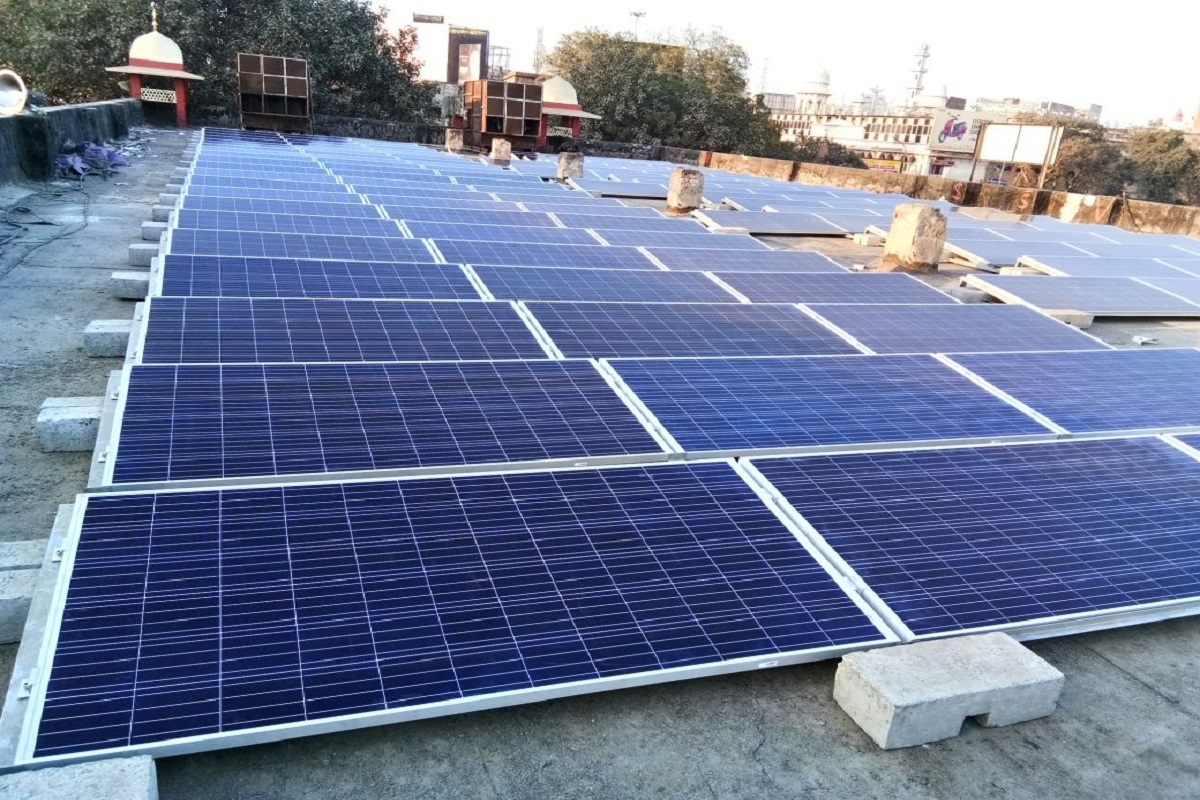The PIL programme for PV module Trans-2 to encourage domestic manufacturing of huge solar plants is among the major decisions taken by the Union Cabinet on Wednesday to realise the goal of a self-reliant India.
This will make it simpler for the nation to produce large solar panels. In addition, the way for the production of large semiconductors will be established in the direction of semiconductors.
Advertisement
The cabinet’s policy on semiconductor fabrication has become alluring. In this, all concessions and government support for the production of such semiconductors have been planned for in light of the country’s 50% need for such semiconductors.
As an outcome of the project, India’s reliance on imports will reduce. The National Logistics Policy has also received the Cabinet’s approval, which goes along with the previous statement. By raising India’s position in the Logistics Performance Index rankings, the goal is to place it among the top 25 nations by 2030.
Anurag Thakur, Minister of Information and Broadcasting, explained the decisions made following the cabinet meeting and claimed that through increasing production efficiency, India is realising the Make in India vision. In order to move forward with this, the Ministry of New and Renewable Energy’s proposal has been authorised.
This allows for the approval of the PIL scheme for solar plant construction. It will be simpler to make in this case than to import the largest solar panels the nation has to offer. In this, the PLI scheme for PV module Trans-2 has received cabinet approval. Rs 19,500 crore has been aside for this.
This scheme will be applicable in 14 areas. Production-Based Incentive The benefit of PLI will be for five years after the commissioning of PV generating plants. This will increase the generation capacity by 65 thousand MW per annum. This will bring a direct investment of about 95 thousand crores and will save imports of 1.37 lakh crores and will provide direct employment to about 1,95,000 people and indirect employment to 780,000 people.
According to Thakur, the cabinet has given its approval for the change to the ecosystem development programme for the semiconductor and display manufacturing industries. For technology nodes, composite semiconductor packaging, and other semiconductor facilities, incentives of 50% of the semiconductor fab will be provided. In other words, the national government will cover 50% of the project costs for the nation’s semiconductor manufacturing.
Compound Semiconductors, Silicon, Photonics, Sensors, Fab and Semiconductor, ATMP, OSAT facilities, as well as Discrete Semiconductor Fabs in the technologies targeted by the project, will all receive financial assistance in the amount of 50% of capital expenditures on a par basis. In addition, the National Logistics Policy has been adopted by the Union Cabinet.
The integrated logistics interface platform standardisation, monitoring framework, and speedier skill development in logistics services are its main objectives policy.
This strategy is an addition to the Pradhan Mantri Gati Shakti National Master Plan and aims to create a logistics ecosystem that is technologically enabled, integrated, cost-effective, resilient, sustainable, and reliable for rapid and inclusive growth.
By 2030, it aims to bring the cost of logistics in the nation up to par with global standards, develop a data-driven decision support system for a productive logistics ecosystem, and increase the ranking of the Logistics Performance Index to make it the largest in the world. being one of the top 25 nations.
This will entice established global figures to locate semiconductor fabs in India. This will boost financial support for the nation’s semiconductor and display industries. The government anticipates that the first semiconductor facility will start up soon on the basis of this. Based on the strong demand for technology nodes of 45 nm and above, Bharat Semiconductor Mission recommended these adjustments. because telecommunications, electricity, and automotive applications are what fuel demand for them. This accounts for 50% of the market as a whole. Therefore, disregarding it has no effect on the nation’s reliance on imports.











